Central Europe 2022 - Ljubljana
I departed from Venezia at around 4pm. I could have taken a later train, but I decided to depart earlier. Retrospectively, it was a wise move. As the train from Venezia to Trieste was delayed more than half an hour, I missed the connecting train, but was able to catch the last train to Ljubljana that night. Had I taken a later train and been encountered with such delay, I would have failed to get to Ljubljana and had to stay in Trieste for the night. The train from Trieste to Ljubljana was very empty; I only saw two other passengers on the same train, and it was apparent none of us were regular travellers (one even asked me if we arrived in Ljubljana central when we were still in Ljubljana Tivoli). The train was also the only cross-border train in my entire journey where I had to change at the border. At around 8pm the few of us on board reached Villa Opicina, and was driven out by the Trenitalia staff to another platform, where we boarded the Slovenia-run train with the same number. Apart from this small episode of event, the train journey was comfortable.
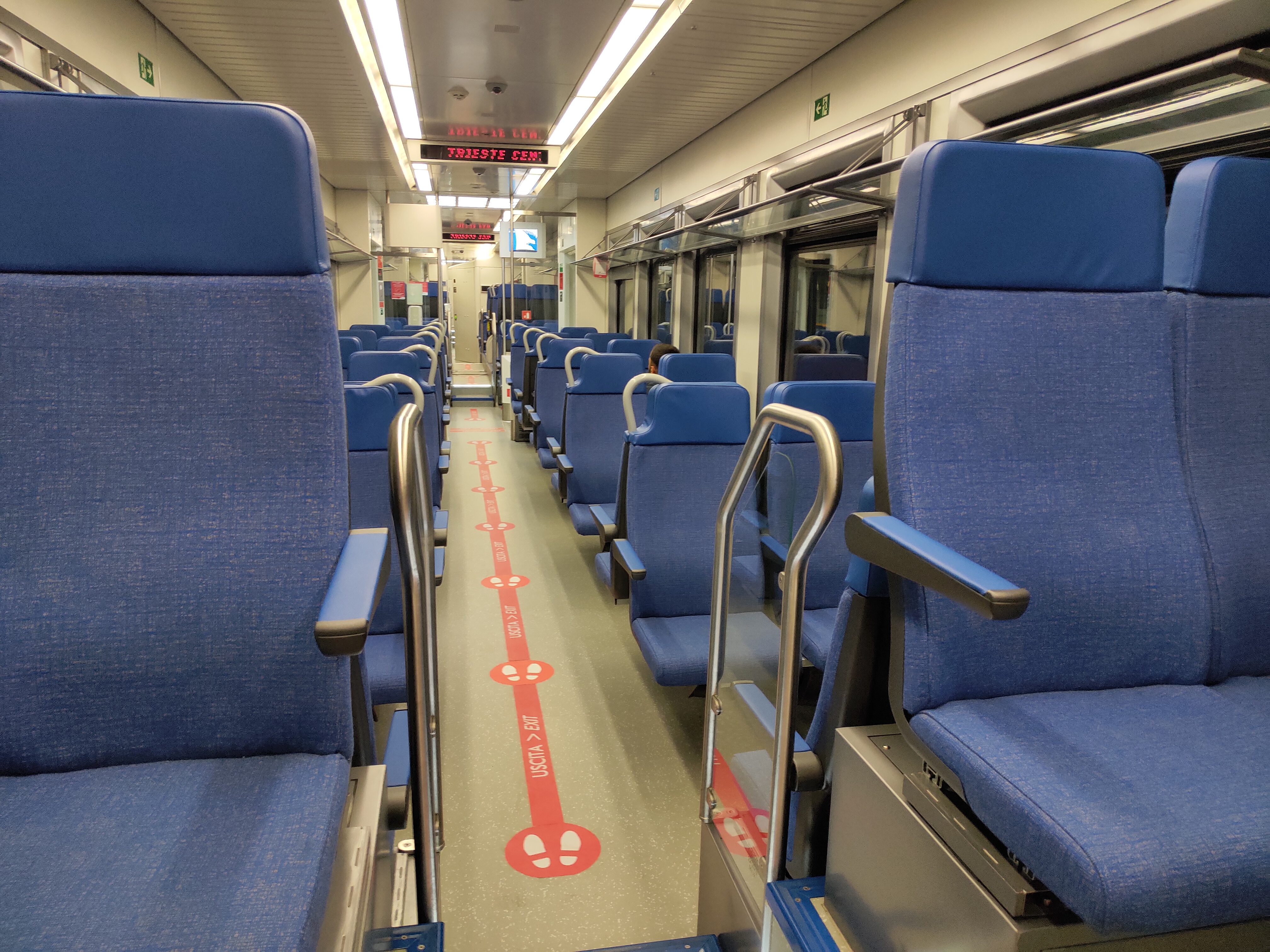
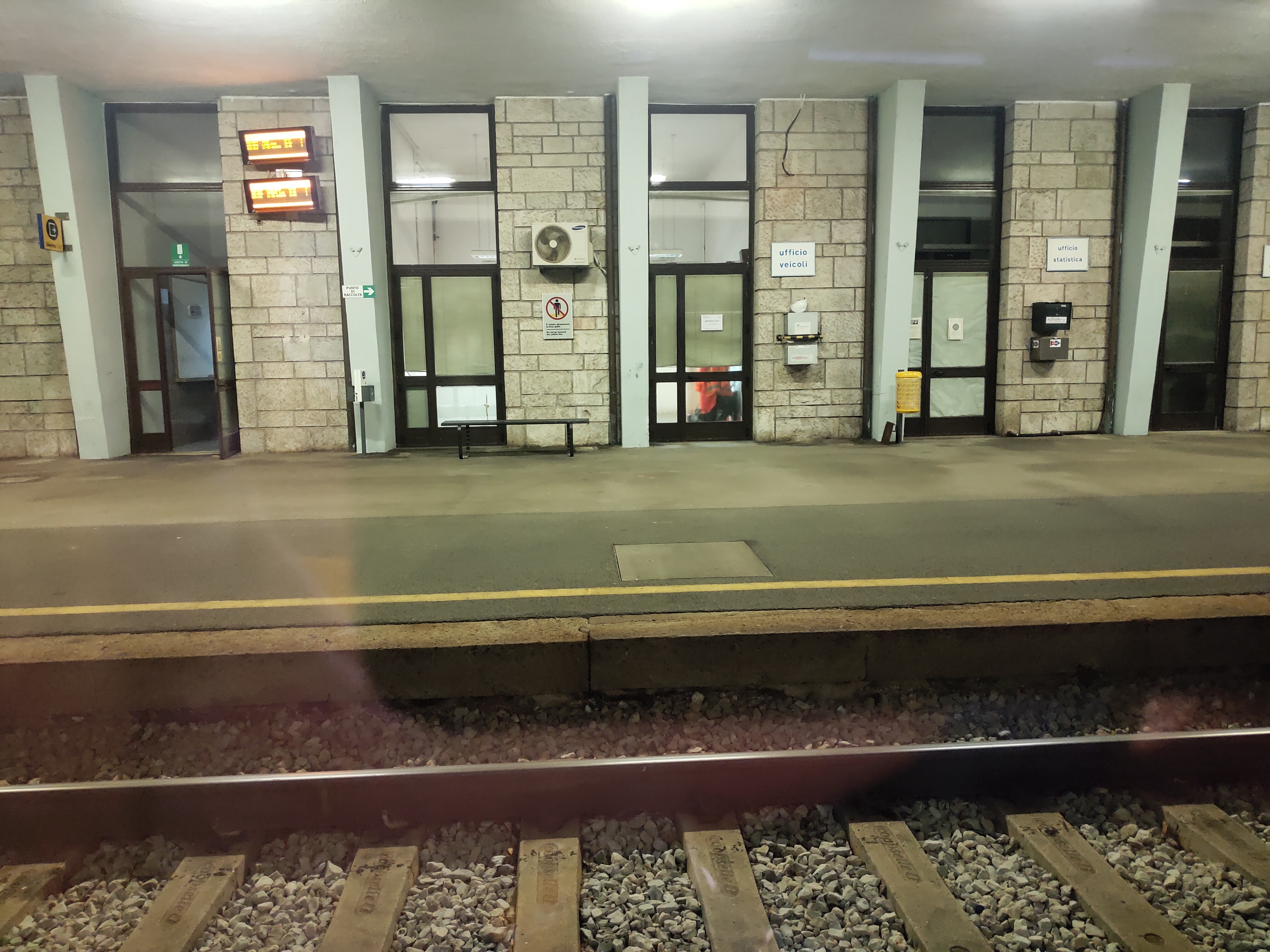
It seemed curious indeed that as a major line connecting Italy and the Slovenien capital, the train was not full at all. That was my first clue that, despite its status as capital, Ljubljana was not a large city nor a busy one. My hypothesis was further confirmed when I reached Ljubljana central station. It was not even 10pm, but as soon as I walked out of the train station I was greeted with dark buildings. In the vicinity of the train station, where from my experience most of the late-night restaurants, cafes and shops should be located, there was no sign of such businesses. In addition to its not being a busy city, as a keen walker, I realized the second day in Ljubljana that the city is of a humble size. From the train station to the old town, from the national museum to the castle on the hill, the entire city center is easily placed in a 1km by 1km square box, and fit into a day tour. Within merely ten or fifteen minutes, I could travel with ease from one corner of the center (e.g. the train station) to anywhere within the central region. To add to the moderate size, the city was also clean and tidy. The interconnected narrow lanes and bridges of the old town, along with the size and tidiness, makes Ljubljana a delicately crafted work. In addition, I was pleased to find that unlike most European counterparts, Ljubljana offers free public WC at central square, as well as the train station. Therefore, Ljubljana gave me a sense of security, a feeling that everything that happened here were under control.

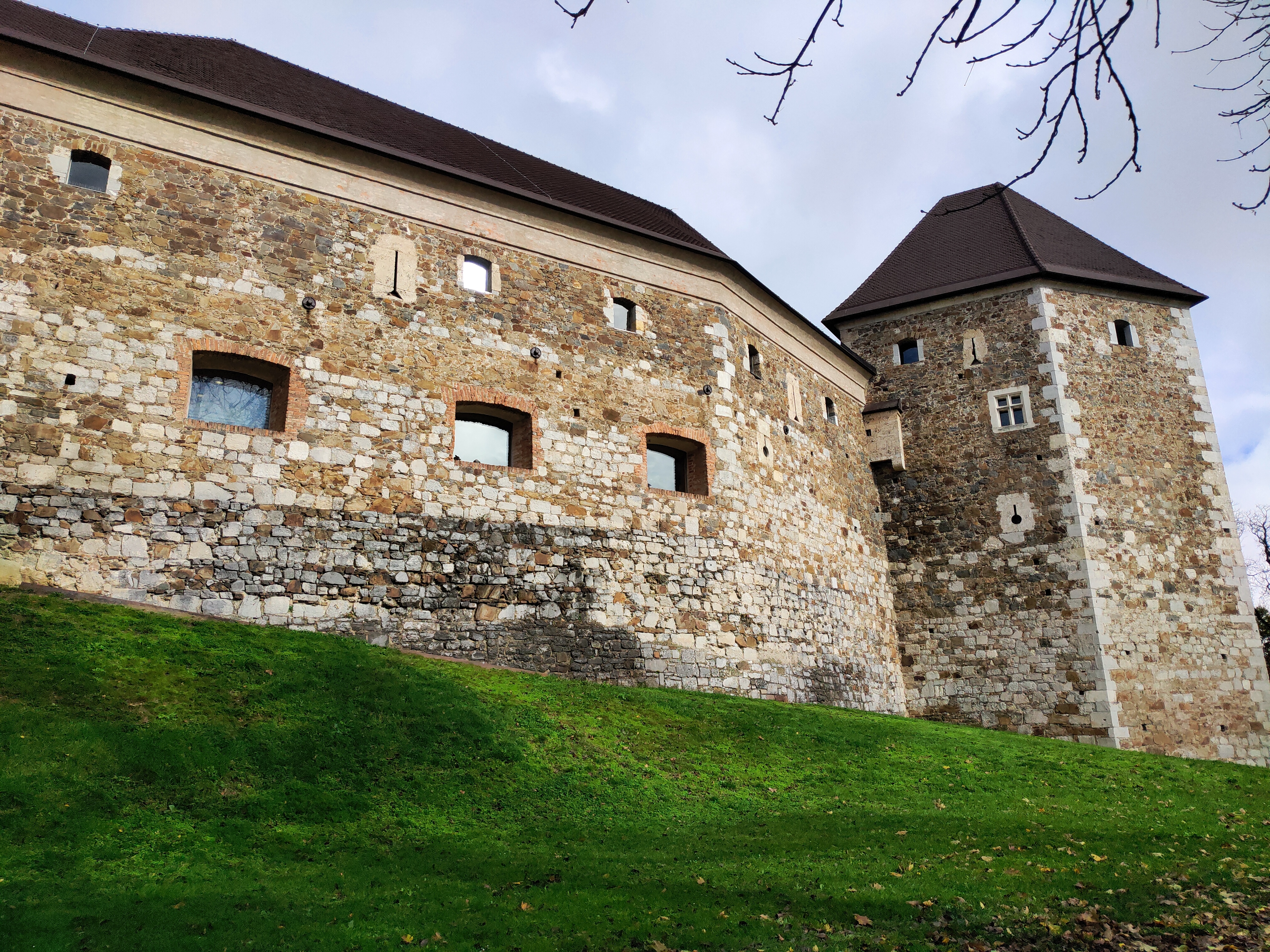
In sharp contrast to the museums in Italy, where the paintings and artifacts densely populate the exhibition area, museums in Ljubljana have much more moderate collections. Nevertheless, my visit to the national museum was made pleasant by the excellent curation of the historical exhibition. With a limited collection, the curator chose to focus on a few items and expanded the chronological storyline around these artifacts. Early lithic tools and bone flutes, delicate swords from bronze age, a luxuriously decorated copper bucket, and relics of a stone tablet from the Roman empire. These important items served as a thread to connect the dots in the history of Slovenia. The storytelling was also accompanied by nice illustrations, and documentaries. I was particularly fond of one documentary showing how different lithic tools could actually be used to cut or scrape meat, and another documentary illustrating how the motifs had been made on the copper wares. These reconstructions of the techniques are rare finds in museums, and were definitely an eye-opening experience for me. The adjacent natural history museum in the same building was however not so fascinating, partly because of the fact that natural history museums generally have similar contents and collections around the globe, and the disadvantage in collections and curating is more apparent when you compare it to other grand natural history museums in the world (I haven’t been to the ones in London or Washington D.C., but the Slovenien one is definitely dwarfed by the natural history museums in Shanghai and Melbourne). Unless one has special interest in local species in Slovenien lands, the natural history museum is probably not worth a visit.
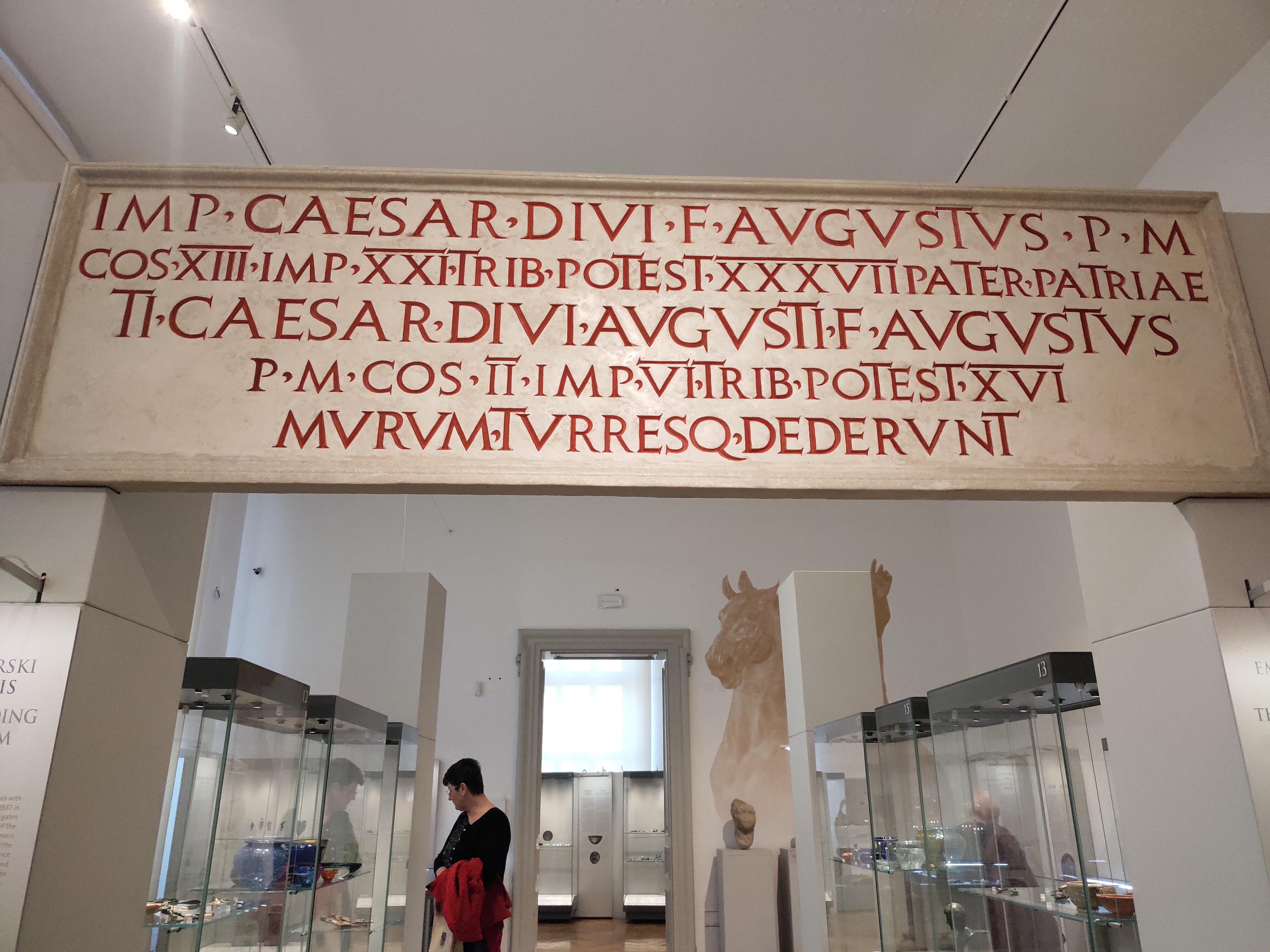
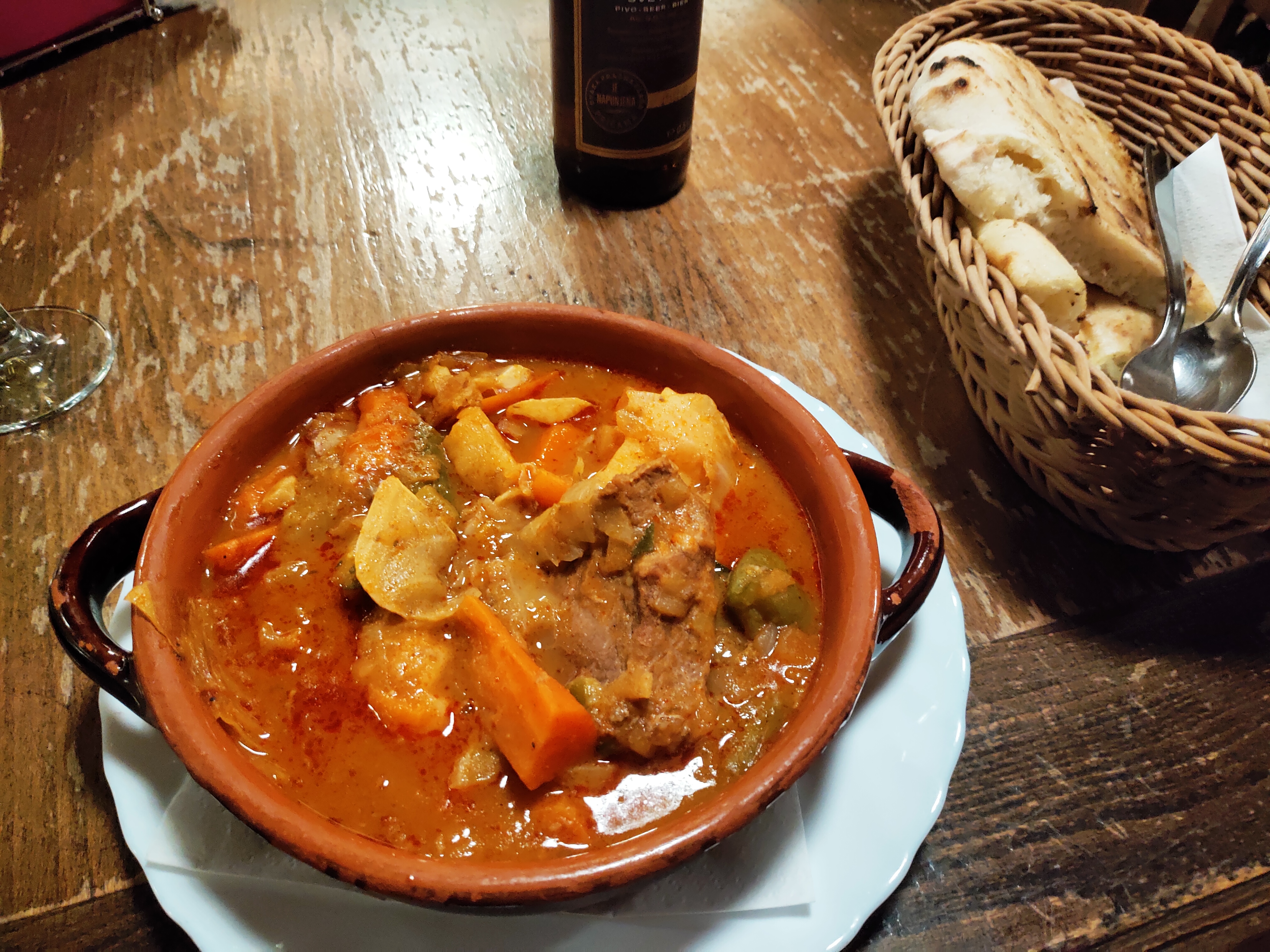
Ljubljana is also home to a bunch of central-eastern European cuisines. As a solo traveller, I tried out a beef stew at a popular underground pub Sarajevo ‘84 - nothing fancy, but it was great. There were also online reviews stating others have better dishes, but as a tourist with limited time there was no way for me to try out different restaurants.